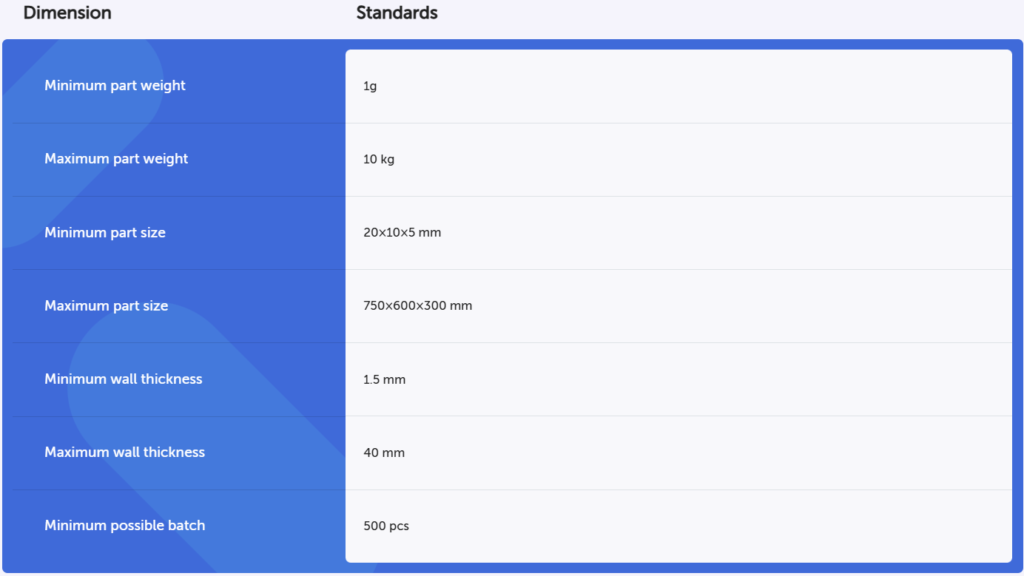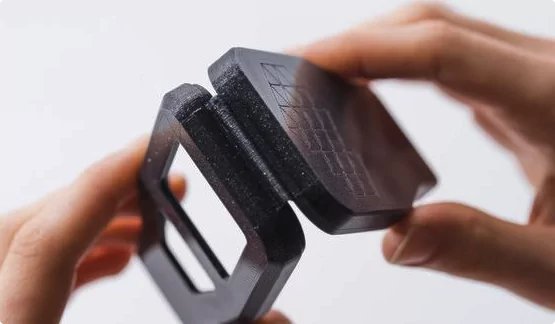
Focus on CNC precision parts processing
metal casting service such as die casting, sand casting according to your requirement at a fast lead time from prototyping to parts production.
➡From rapid prototypes to on-demand production
➡Various metal casting techniques available
➡40+ surface finishing available
Pengbo has been a professional metal casting service provider since 2014. We provide various kinds of metal casting services including low pressure and high pressure die casting below for our customers according to their requirements. To ensure the stunning quality, we have introduced state-of-art metal casting technique as well as equipment to satisfy your needs.
Just upload your 2D drawings or 3D models and you will get quote feedback in 24 hours. Our specialized engineers will analyze your design to avoid misunderstanding, communicate with you and offer an affordable price.
The responsible and rigorous attitude towards materials, machining technique, surface finishing and CMM testing guarantee the consistent quality from prototyping to production parts. We won’t bother to check the parts quality before delivery.
The introduce of advanced 5 axis CNC machining centers and professional quoters ensure the fast lead time. We set the priority for the arrangement of the order according to the requirements and order complexity.
For the sake of your benefits, every customer will have technical support to get in touch with us from quotation to delivery. You will get fast feedback for any question until it’s confirmed that you receive the satisfied parts.


Pengbo’s rapid prototype service bridges the gap between product concept and market during the product development. Advanced CNC machines such as Hermle 5 axis cnc milling centers, multiple international certifications, and top-notch CMM inspection ensure the accuracy and details of the prototype, meeting high standards of quality requirements.
➡Advanced Technology: CNC, CMM inspection, elite engineers etc.
➡Quick Response: full support to ensure problem solved.
➡Customized service: customize precision machining solutions

Pengbo’s on-demand production solution provides customers with a modern, efficient and customer-oriented production solution through its flexibility, high quality standards by our robust supply network and self-owned CNC shop, strict quality control inspection, etc.
➡Reasonable planning: precision resource allocation to ensure quick cycle time.
➡Machining SOP : advanced technology and strict QC processes.
➡Flexible Production: from rapid prototyping (1-20pcs) to low-volume production (20-1000pcs).
Low-pressure casting and high-pressure casting are two common casting processes, and they differ in several aspects. Here is a detailed introduction:
Process Principle
Metal Filling Process
Casting Quality
Production Efficiency
Equipment Investment and Cost
Suitable Materials
Mold Life
